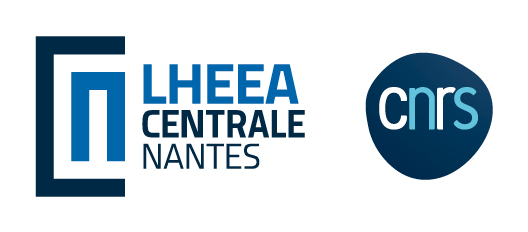Background
In order to optimize the operation of EMR systems (wind turbines, tidal turbines, etc.), it is essential to move towards a more detailed characterization of the aerodynamic or hydrodynamic loads imposed by the environment in which they operate.
It is in this context that the TRPIV4EMR project, winner of the WEAMEC Equipment call for projects in 2021, targets the acquisition of a time-resolved Particle Image Velocimetry (PIV) system for EMR applications in the LHEEA laboratory.
Scientific advances and innovation
Unlike conventional PIV, this fast PIV allows to acquire the rapid dynamics of turbulence of the incident wind or in the wake of wind turbines. This means of measurement is the only experimental technique in the laboratory capable of acquiring a spatio-temporal description of the aerodynamic or hydrodynamic multiscale flows found in systems for recovering energy from wind, swell or current.
The material acquired would allow a more detailed characterization of the aerodynamic or hydrodynamic loads imposed by the environment on EMR systems, in particular concerning unsteady loads, an additional source of fatigue on the structures.
Expected technical and economic impact
The TRPIV should, for example, allow the spatio-temporal characterization of flows on flexible walls of wave energy conversion systems or in tidal turbine wakes. This measurement method should also provide velocity fields around structures such as dynamic electric cables and anti-heave plates of wind turbine floaters, as knowledge of these complex flows for these configurations is necessary for fatigue studies of materials.
A fine measurement of the unsteady flow near the structure could provide unique information.
Key project milestones
- 2021 - Acquisition of equipment







